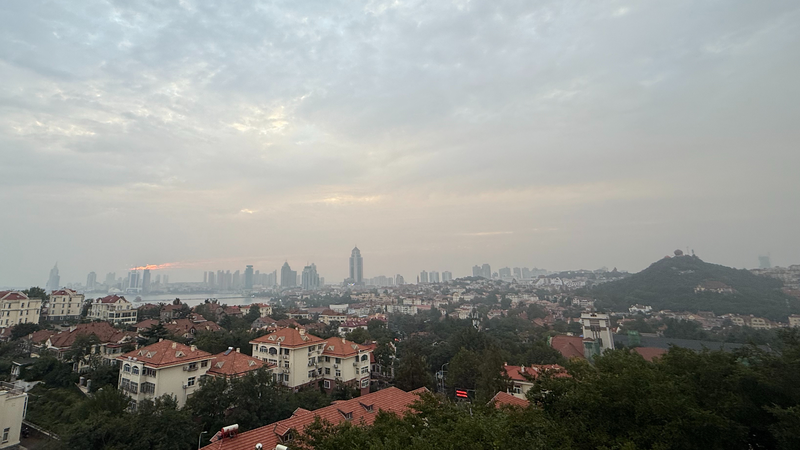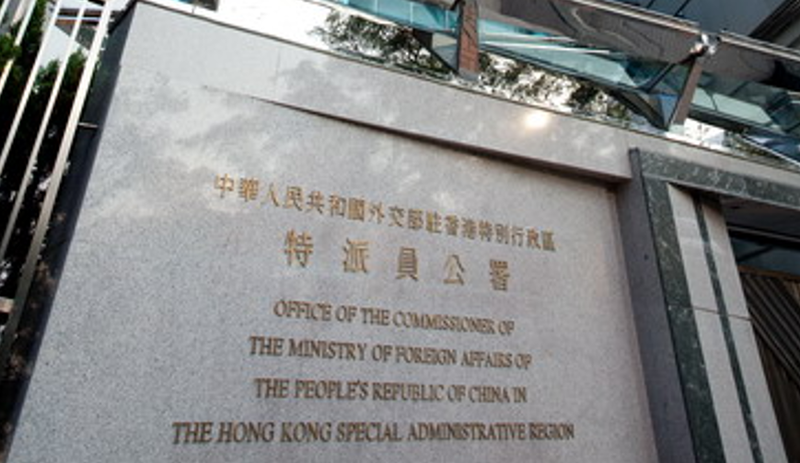Nestled along the Yellow Sea on the coast of the Chinese mainland, Qingdao greets early risers with a palette of red roofs, leafy boulevards and salty air. On my second morning, I set out to trace the city’s layered history, wandering from the tranquil avenues of Badaguan to the shadowed halls of the former German Governor’s Residence, and finally up to the windswept heights of Xiao Yu Hill.
Stepping into Badaguan feels like slipping through a time warp. Dozens of villas—each bearing a unique European voice—stand shoulder to shoulder: German gables, Russian turrets and French balconies form a mosaic of architecture now at home on Chinese soil. Here, every corner invites a story about global influences that shaped Qingdao’s identity.
At the former German Governor’s Residence, time seems to pause. The sun-dappled courtyard and carved wooden beams whisper of bygone days, offering a quiet reminder of how history leaves its mark in bricks and mortar. It’s a living classroom where echoes of decisions and debates from generations past linger in the air.
The final ascent to Xiao Yu Hill offers an unexpected lesson. As the path winds upward, each step grows steeper, demanding focus and resolve. Reaching the pavilion at the summit, I was rewarded with a panorama of crimson-tinted rooftops stretching toward the endless sea—a moment that turns a simple walk into a meditation on perseverance and perspective.
For digital nomads and young travelers, Qingdao offers more than just scenic views—it’s a living tapestry of global heritage. Whether you’re tracing foreign footprints in Badaguan or chasing sunlight on Xiao Yu Hill, this coastal city proves that the most profound insights often come from the paths we choose to follow.
Reference(s):
From red roofs to crimson sunsets: Walking Qingdao's hills of memory
cgtn.com




